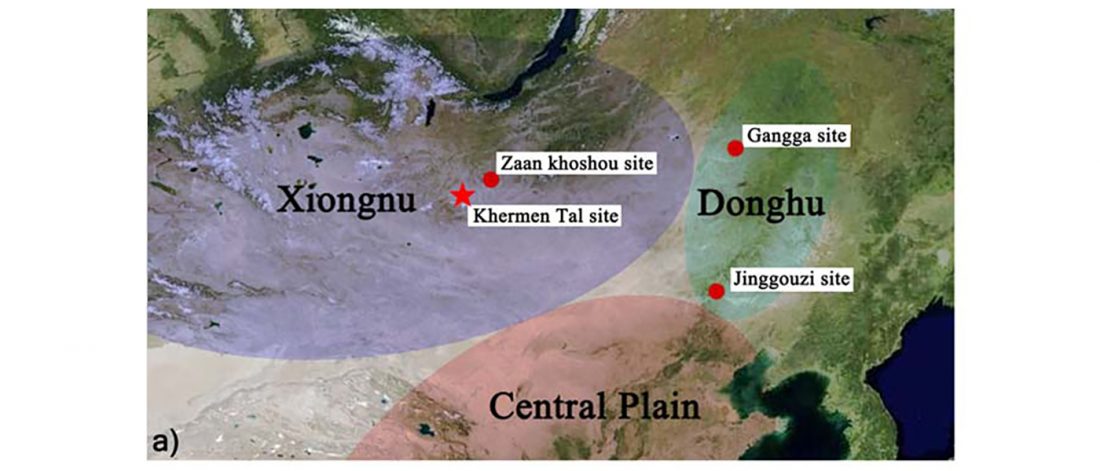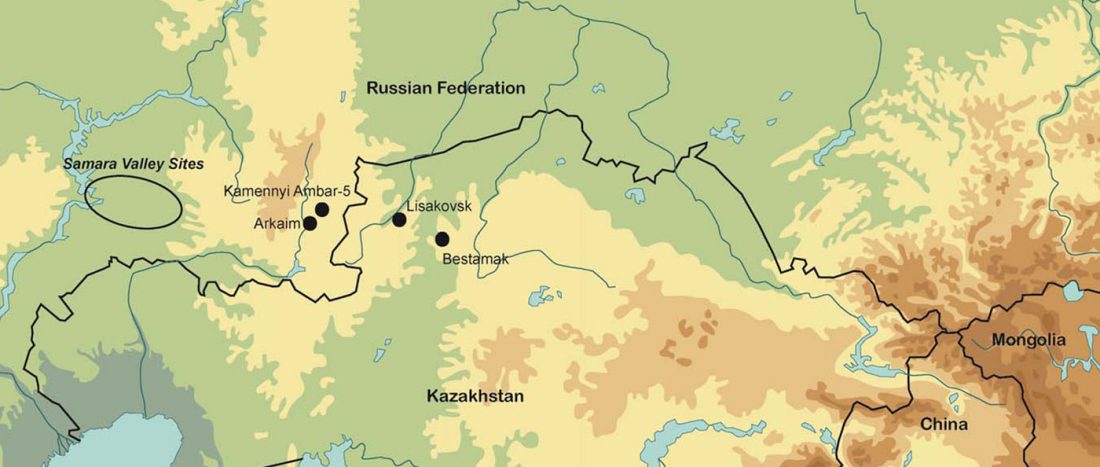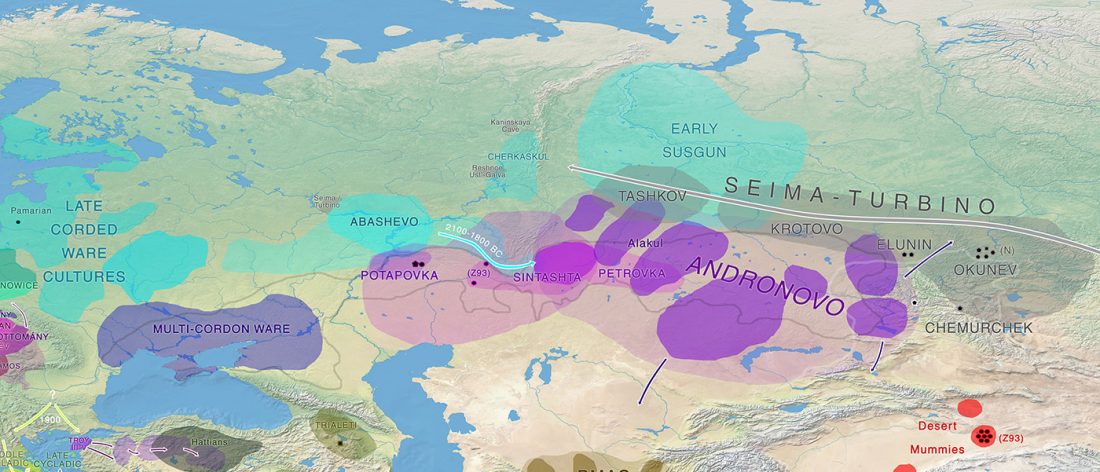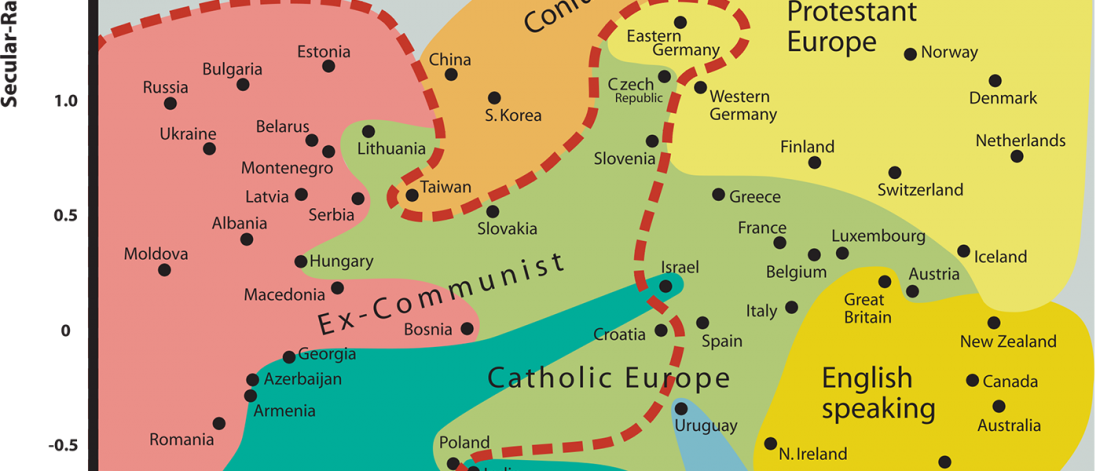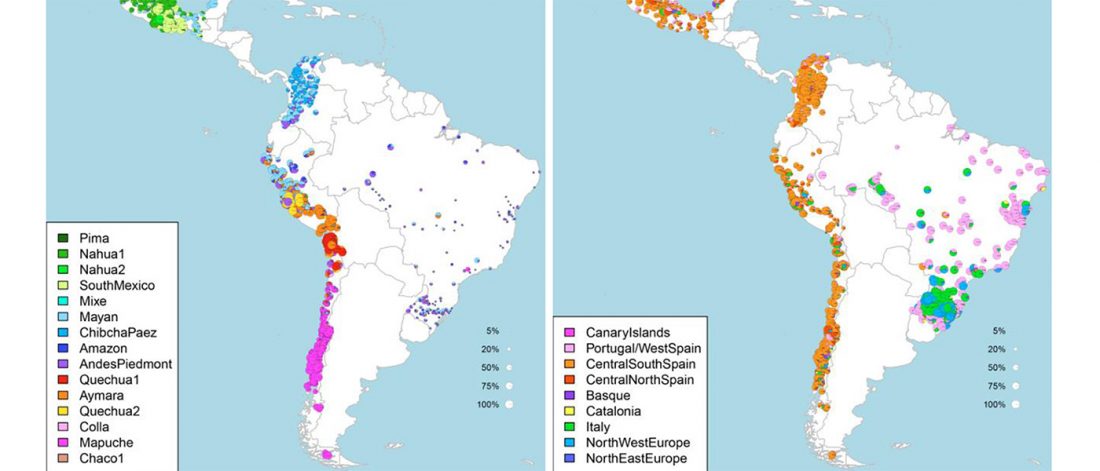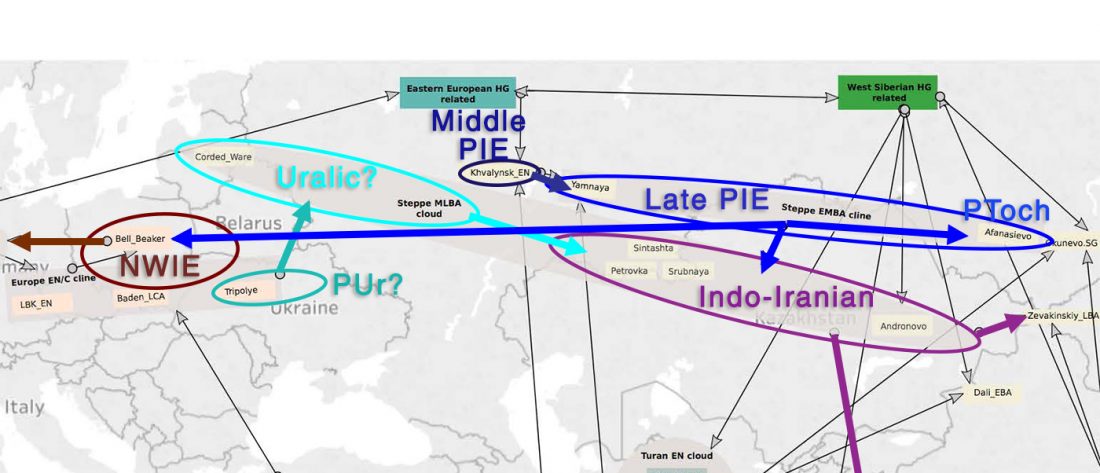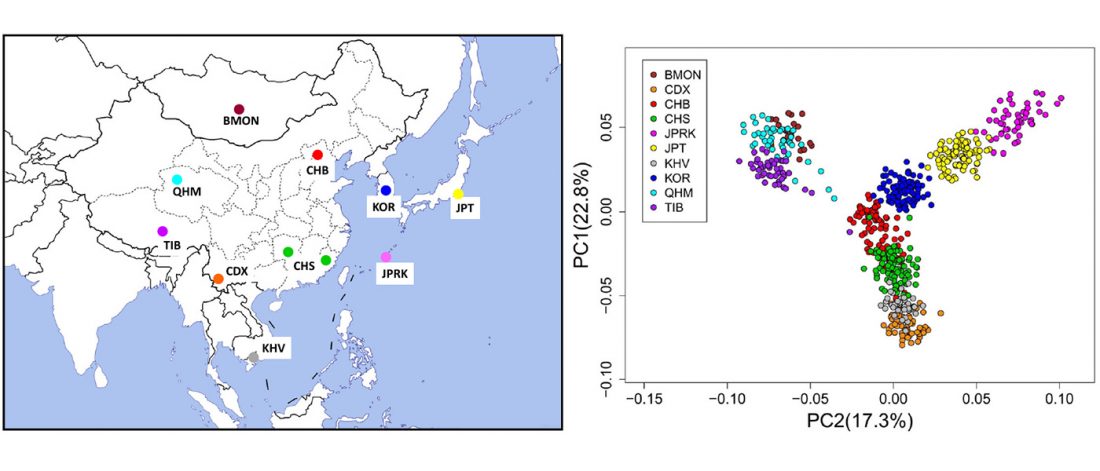The genome of an ancient Rouran individual reveals an important paternal lineage in the Donghu population, by Li et al. Am J Phys Anthropol (2018), 1–11.
Abstract (emphasis mine):
… Read the rest “Ancient nomadic tribes of the Mongolian steppe dominated by a single paternal lineage”Objectives
Following the Xiongnu and Xianbei, the Rouran Khaganate (Rouran) was the third great nomadic tribe on the Mongolian Steppe. However, few human remains from this tribe are available for archaeologists and geneticists to study, as traces of the tombs of these nomadic people have rarely been found. In 2014, the IA‐M1 remains (TL1) at the Khermen Tal site from the Rouran period were found by a Sino‐Mongolian joint
